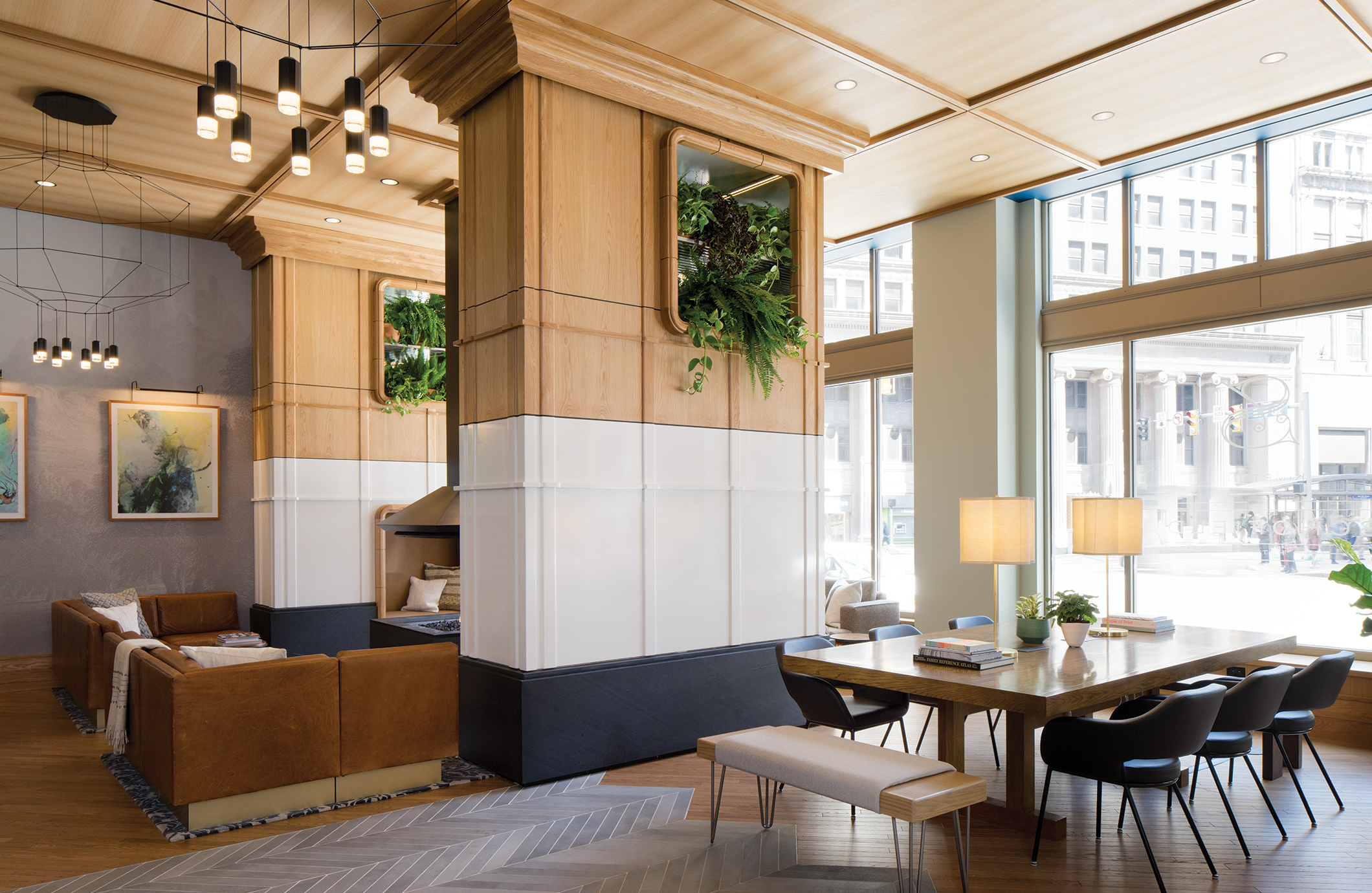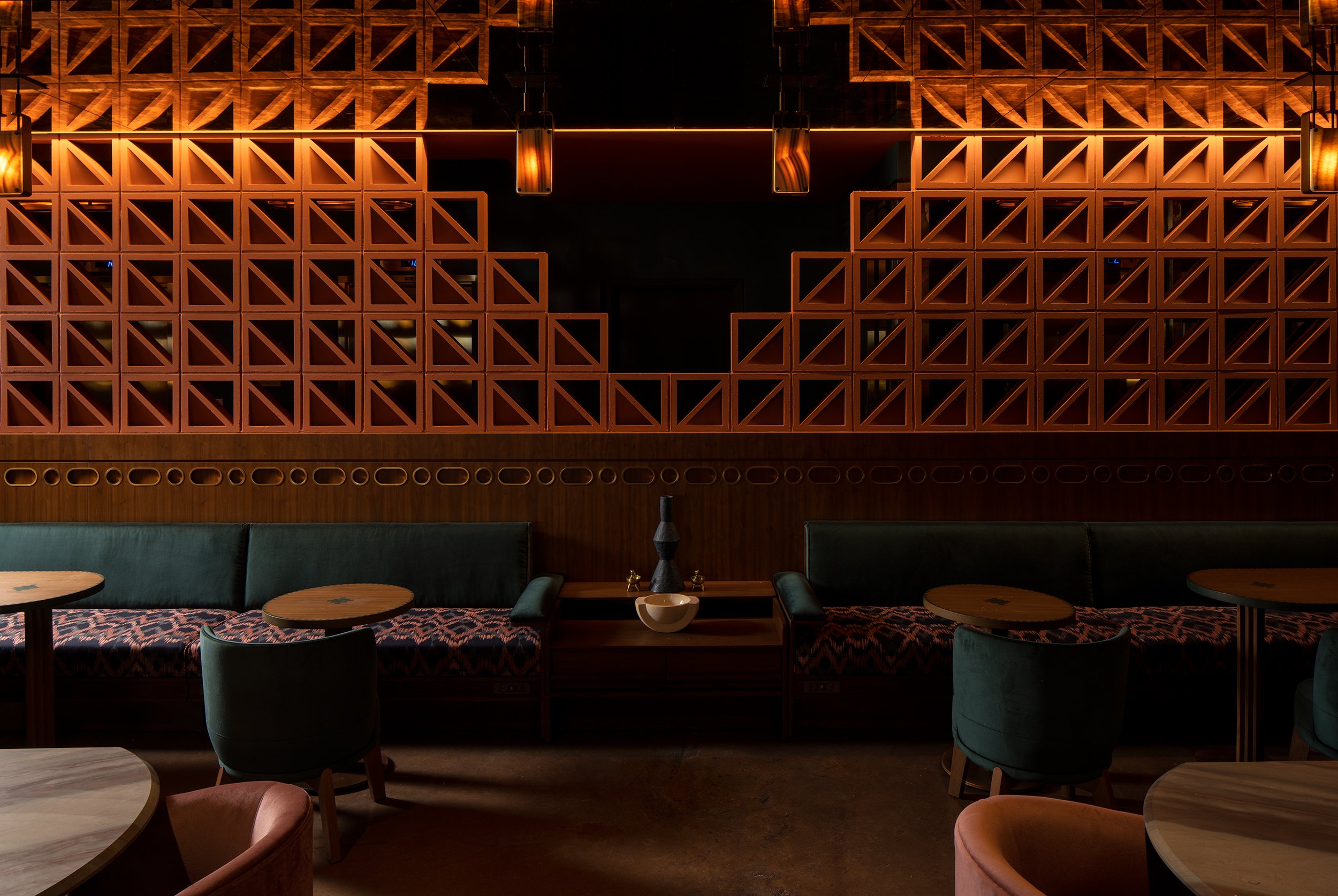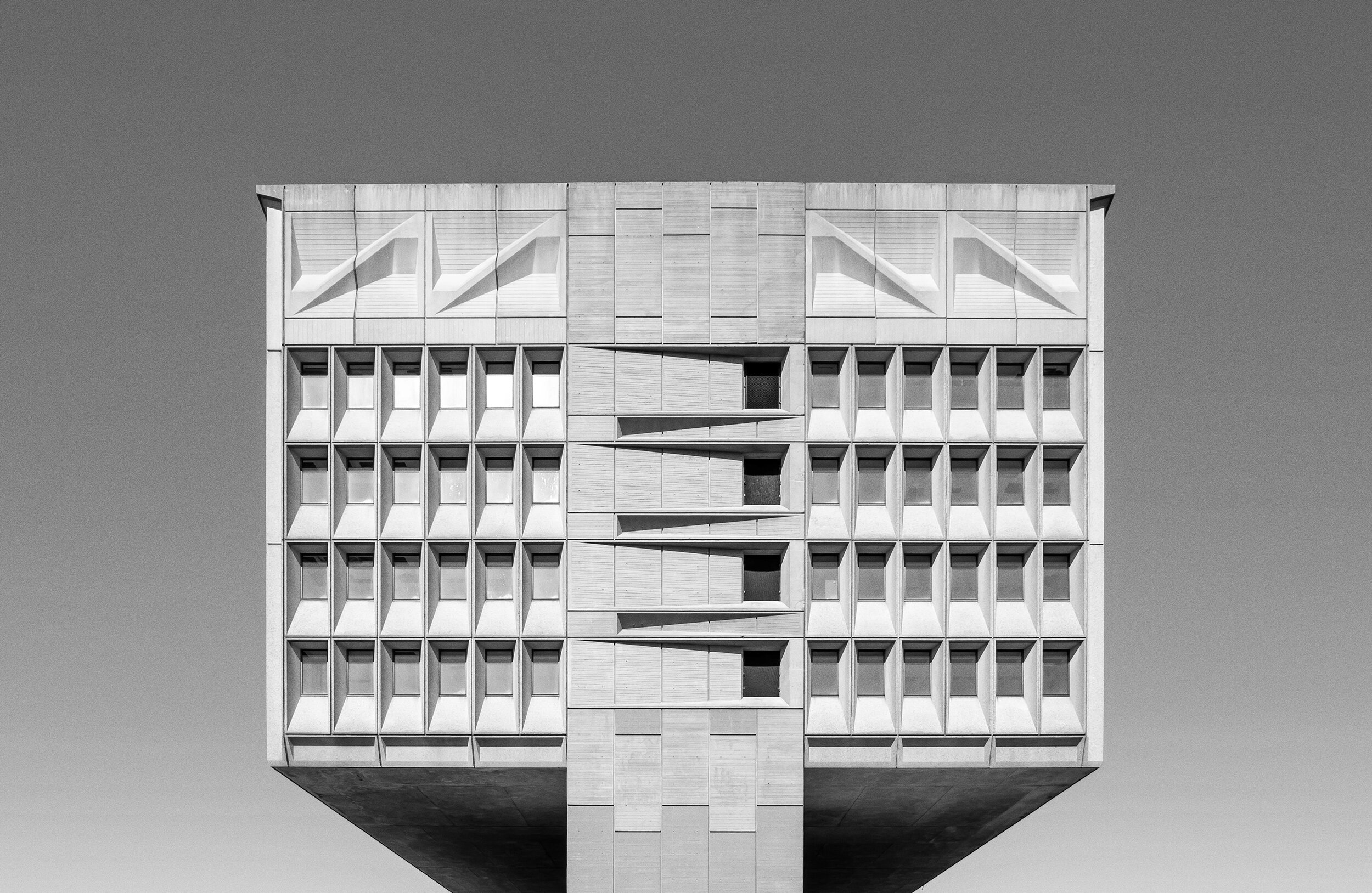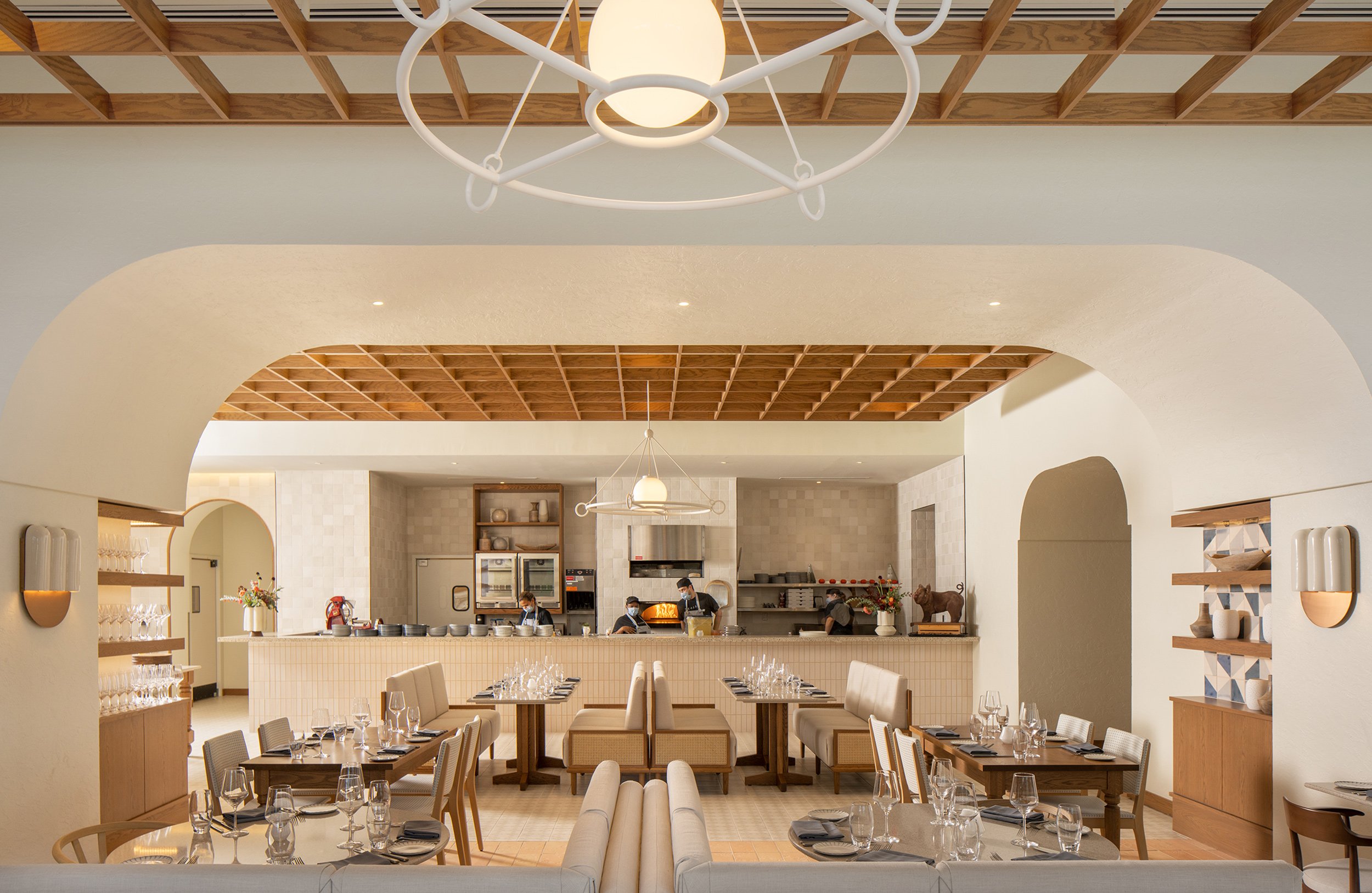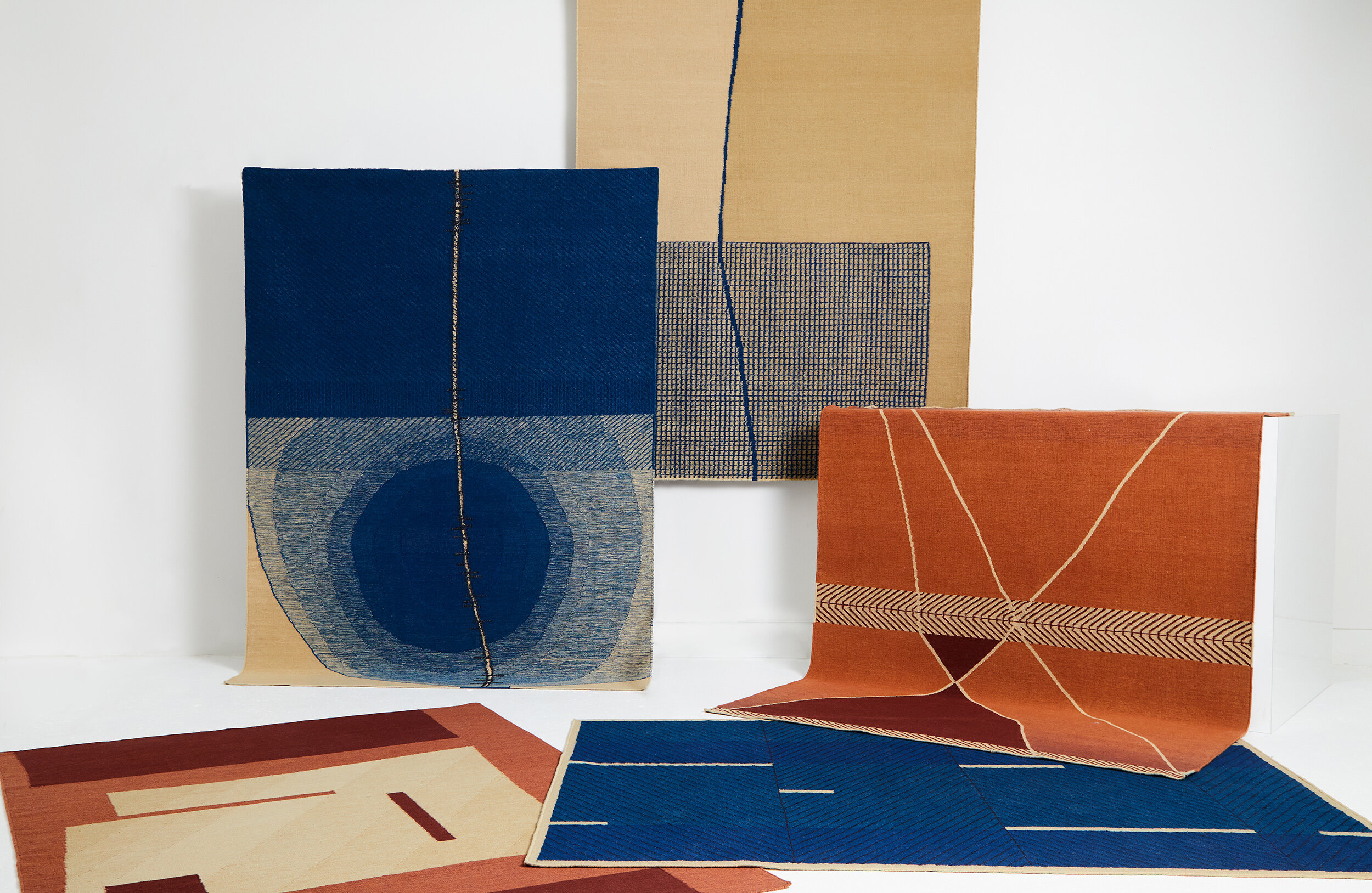The Schofield Hotel
Located in the heart of downtown Cleveland, this landmark building has been lovingly restored to accommodate the city's first boutique hotel, as well as new luxury apartments. The Cleveland Restoration Society and AIA Cleveland awarded the project the Award of Excellence in Exterior Restoration, and the project received an AIA Merit Award in 2016. Dutch East responded to the sculptural terracotta exterior with a warm, modern interior. Throughout the interior, finishes and furnishings present a sophisticated design sensibility, while also allowing a fun, interactive thread weave through the experience.
The building’s architect and original owner, Levi Schofield, was a significant historical figure in Cleveland, and therefore provided inspiration for the branding and interior design of the hotel, both very directly — such as its naming — and tangentially. Schofield’s family operated the Prospect Place Hotel, the site of which is now occupied by the Schofield building — it seems that the site was destined to return to a hotel use.
Levi Schofield was a recognized natural philosopher, and the last member of the The Ark Club. The Ark Club began as an informal gathering of nature enthusiasts in a ramshackle hut on what is now Cleveland Public Square, and ultimately led to the establishment of the Museum of Natural History in Cleveland. The Victorian notion of natural philosophy is a thread that weaves its way through the project, such as in the lobby’s tonal engraving-inspired mural, and the collection-themed guest room art program.
“Inspired by Cleveland’s garment manufacturing history, the corridor carpet was conceived as a combination of an argyle sweater and a sock monkey.”
“The hotel’s artwork serves as an outlet for some of Cleveland’s stories — its manufacturing history, music, the National Air Races, and sports come to life on the walls.”
Cleveland’s history is varied and rich — the goal was to not to revive a bygone era, but to conceive of something new to Cleveland, appropriate to this next chapter. The Schofield Building has undergoing a transformation, its grand facade restored after fifty years of concealment. However, to restore the interior to a late-Victorian design wouldn’t be a meaningful response. Instead, Dutch East Design took cues from the sculptural characteristics of the terra-cotta components typical of a building of this era, as well as the warmth/earthiness of this finish.
